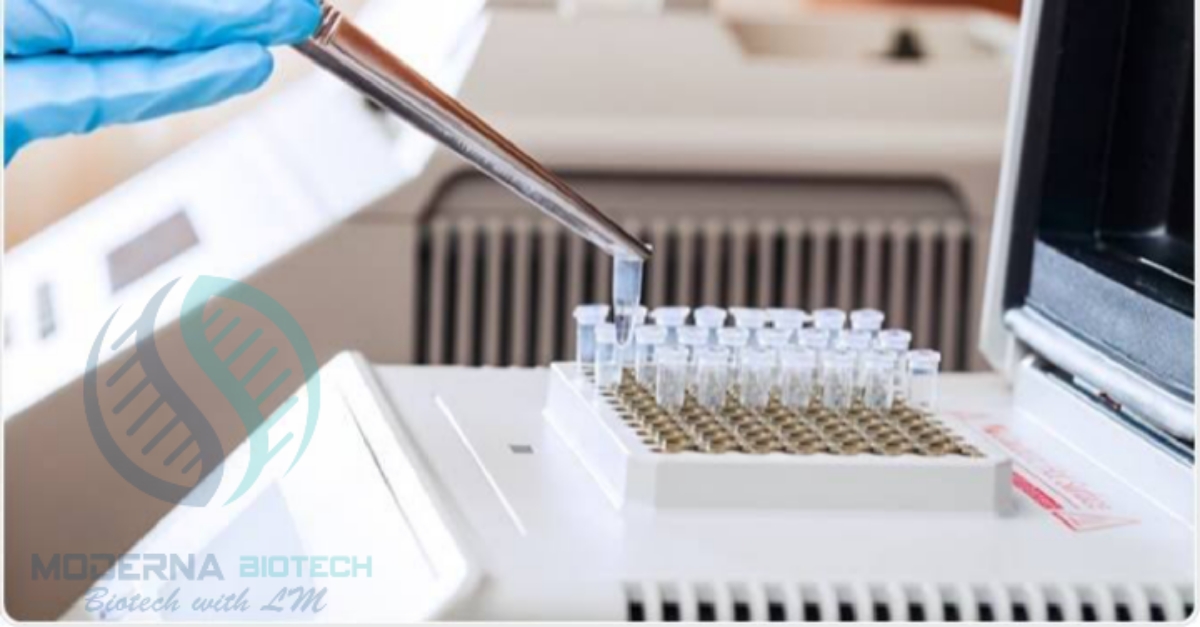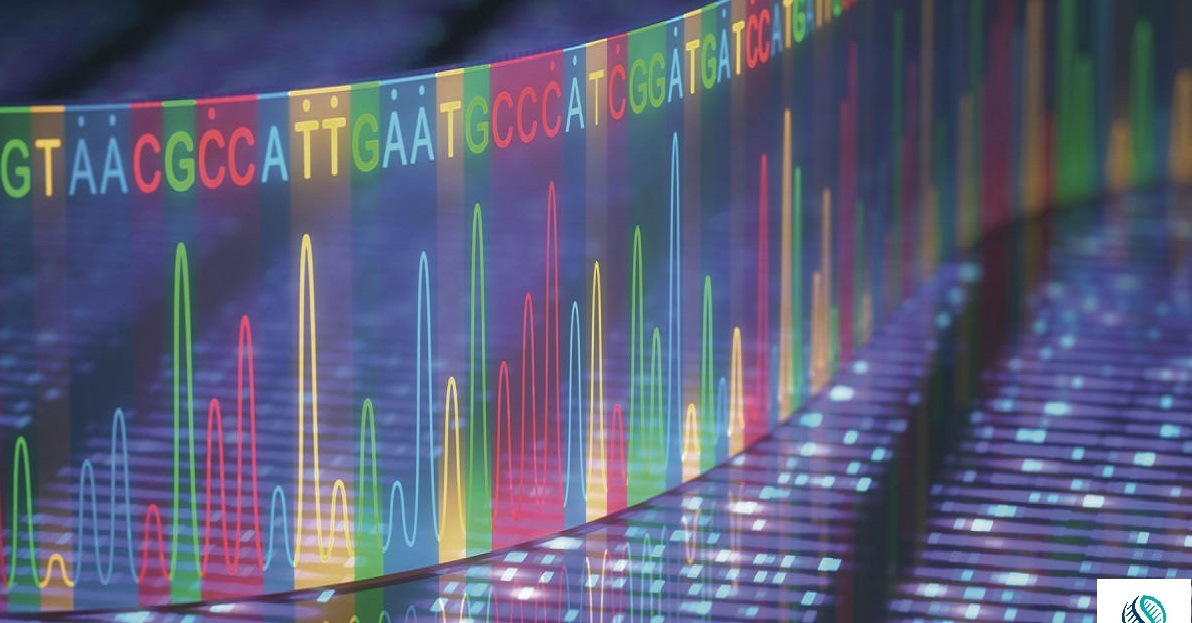Role of microbial genomics in Industrial biotechnology
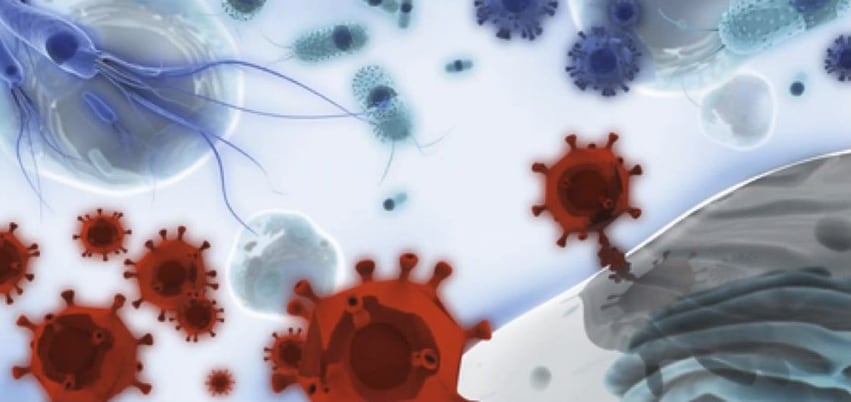
Microbial genomics is actually a study of genomics where we could study the genome of organisms. It is also helping us to better understand the extensive biology of bacteria. And also help us to understand how their genetic composition contributes to their tangible characteristics. The study of genomics is also important to conclude the evolution of bacteria. Bioinformatics is an emerging field that is used to advance software tools to generate valuable biological knowledge. Bioinformatics has become a significant part of many areas of biology. At a more consolidative level, it helps analyze and direct the biological pathways and networks that are a central part of systems biology. The role of microbial genomics in industrial biotechnology and the role of bioinformatics in the pharmaceutical industry is worth knowing.
Role of microbial genomics in Industrial biotechnology
Microbial genomics:
Microbial genomics covers whole chromosomal and all extrachromosomal genetic material. Genomics refers to the study of the individual genome as compared to its genetic component. The genomes of microorganisms are extensively variable and represent the vast diversity of archaea, bacteria, and lower eukaryotes.
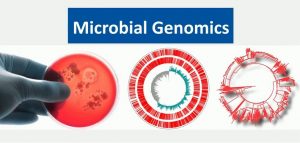
Bioinformatics:
Bioinformatics is basically an interdisciplinary science that deals with the storage, study, acquisition, and distribution of biological data. In bioinformatics, there is the development of software tools to understand biological data especially DNA and protein sequences.
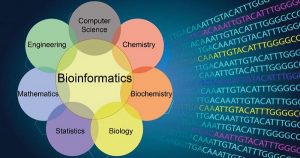
Importance of Bioinformatics and microbial genomics in industrial biotechnology:
- If you know about the genome of micro-organism then it helps you to better understand their activities in the body.
- If you have good genome mapping, you can easily identify its desirable metabolic pathways and can adapt them into manufacturing processes.
- The discipline of genomics uses a combination of DNA sequencing methods, recombinant DNA, and bioinformatics to assemble, sequence, and analyze the function and structure of the genome.
- The mapping of the genome is mainly applied to record and identify the gene location and gene distances on a chromosome.
- Genomics also encompasses the analysis and sequencing of genomes by using DNA high throughput sequencing and bioinformatics to analyze and assemble the structure and function of the whole genome
- Advances in the field of genomics prompted the upheaval in system biology and discovery-based research to ease understanding of complex biological systems for example brain.
- Bioinformatics principally uses software technologies to analyze and manage huge biological data. The enormous amount of biological and genomic data that is produced through the sequencing of DNA and protein is usually difficult to analyze.
- Through techniques of bioinformatics, one can map the gene’s position. And he can also produce gene functions and deduce evolutionary relationships.
- Due to the development of bioinformatics, biotechnological research specifically that concerning the management of drug design and sequence data occurred at an immediate rate.
- Applications of bioinformatics include sequence alignment and analysis, docking. Also in molecular modeling, dynamic simulation, and annotation to accelerate the research of biotechnology.
Read also Types of fermentation
